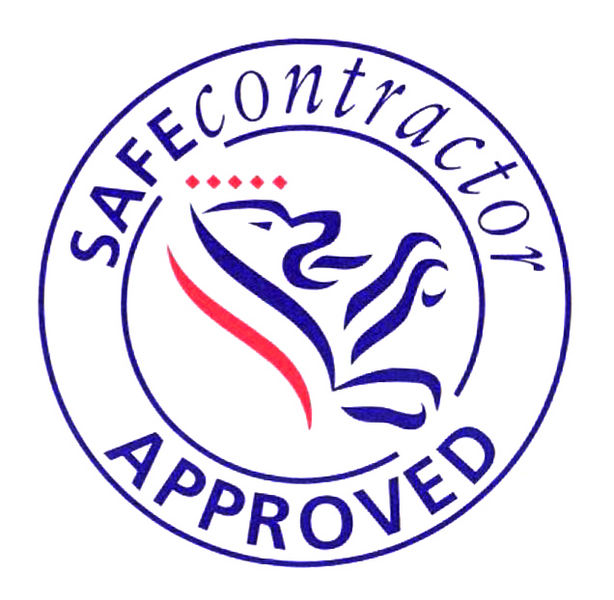The role of steel in infrastructure projects
The Role of Steel in Infrastructure Projects
What is The Significance of Steel in Infrastructure Projects?
The steel industry is the backbone of many infrastructure projects. This is due to the longevity and durability steel has to offer. Structural steel components provide incredible strength and stability, , which are essential for supporting heavy loads. The best part is steel is used in various forms in infrastructure and is one of the most versatile construction materials available.
One of the key advantages of using steel in infrastructure projects is its high strength-to-weight ratio. This allows for lighter and more efficient infrastructure projects. Steel is also a sustainable material because it can be recycled, and new technologies have shifted the way steel is produced in a way that helps the environment.
Steel's Durability in Infrastructure Projects
Steel is one of the strongest and most versatile materials you can use in your infrastructure projects. This is because it can withstand heavy load and harsh environmental conditions, which makes it the perfect choice for a wide range of uses. The demand for steel products in infrastructure projects continues to grow as more countries invest in improving their infrastructure.
Steel's Versatility in Building Structures
Steel is also extremely versatile and can be moulded into various designs. This gives you the freedom to create complex building structures that have unique styles and designs. Steel's versatility extends beyond traditional construction projects to include stunning products and sculptures such as balconies, staircases, and balustrades. This material is also used by artists all over the world to create sculptures and art, demonstrating steel's creative flair.
Usages of Steel in Infrastructure Projects
- Bridges: One of the most common ways steel is used is in making bridges. Steel has high tensile strength that can be used to build large, spanning bridges. Steel bridges are also relatively easy to assemble and maintain, which makes it an ideal choice of material.
- Railway: In the railway sector, steel is used to construct railway tracks, stations and more. Steel rails oftentimes provide a smooth surface for train wheels to travel. This ensures a safe transportation system.
- Roads: Roads are another key infrastructure where the durability of steel can shine. When steel is used in road projects, it showcases how it can withstand heavy traffic and harsh weather conditions that roads are oftentimes exposed to. Steel guardrails are also crucial for ensuring the safety of motorists by preventing vehicles from running off the road or colliding with objects.
- Buildings: Buildings are one of the key usage areas of steel. The material can be used in many ways, from roofing to structural framing. Its strength makes it a popular choice for tall buildings that require a strong foundation. Plus, steel buildings are fire-resistant, which provides peace of mind to those inside the building.
- Airport Structures: Lastly, airport structures such as terminals, hangars, and control towers often rely on steel for their construction. Steel frames provide the necessary support for large, open spaces common in airport buildings.
What is The Future of Steel in Infrastructure Development?
Throughout the years, we have seen many advancements in steel production technology that have increased the material’s capabilities and potential. Here are some key technological advances within the steel industry:
- High-strength steel alloys and coatings improve the longevity of steel structures
- Computer-aided design (CAD) software has enabled a much more precise construction process
- Electric Arc Furnaces (EAFs) has made the steelmaking process more sustainable by using renewable energy instead of fossil fuels.
However, despite these advancements, there are still challenges that the industry needs to address, especially when it comes to creating infrastructure projects. One of the rising concerns is the increasing material costs. This makes creating infrastructure projects more and more expensive. Another challenge is the fluctuating market conditions and competition from alternative materials like aluminium.








